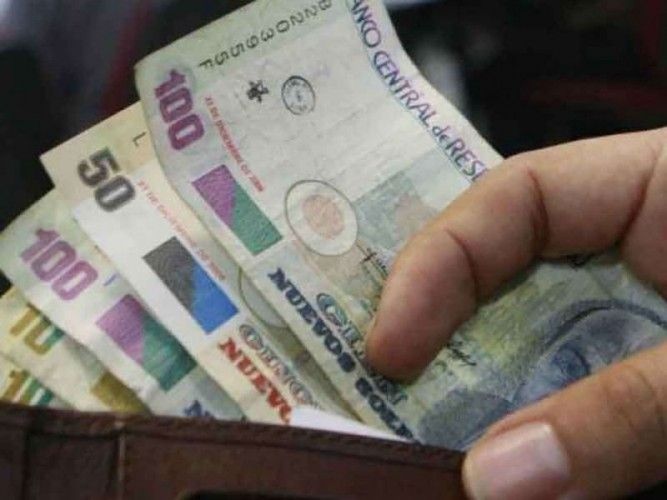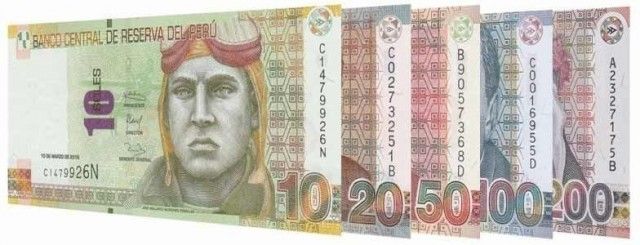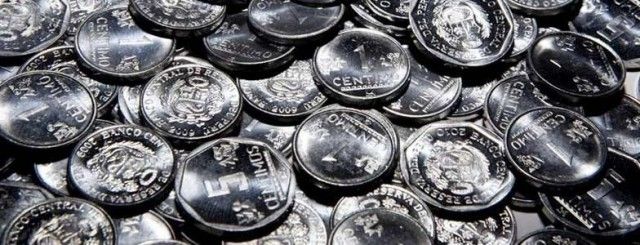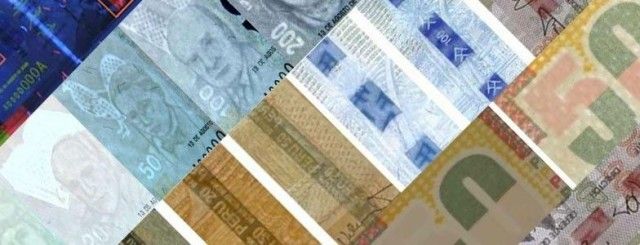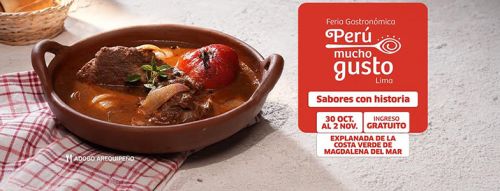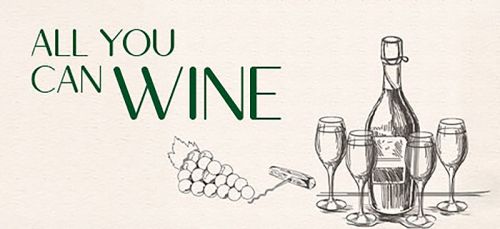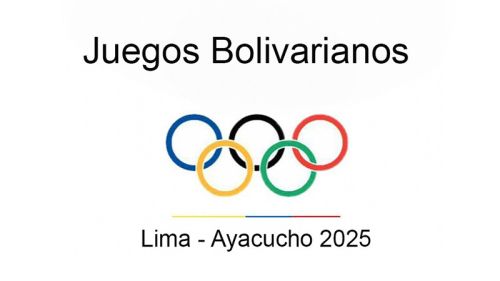When traveling to Peru (and many other countries) your safety and security, especially regarding all money matters, should be on the top of your attention list. So being aware of some peculiarities as well as common tricks and traps and knowing how to handle them might get important in the rare case you get into critical situations.
General Safety and Security Situation
Coming to Peru you most probably already heard good meant warnings about your safety, especially in Lima. However, Peru is a diverse country full of vitality and South American lifestyle which can be visited easily and safely. Most Peruvians are hardworking and honest people who warmly welcome visitors.
Nevertheless, foreigners should know they are visiting a developing country which has certain safety and security issues. The risk potential in Peru surely is higher than on your couch back home. But knowing some peculiarities and potential dangers as well as common tricks and traps will help you get a feeling for the local situation and either avoid critical situations completely or handle them as best as possible. So, taking a bit more precaution than at home and knowing when your alarm bells should ring might be important.
As safety and security is such as complex and diverse topic we dedicated a complete section to it and highly recommend reading through the many articles of our "Safety, Security & Travel Advice Series" covering everything from How dangerous is Peru, The importance of your appearance and behavior, a summary of Money Matters, Tips for safe and problem-free travels through Peru, Safety advice for taking taxis, information on Health and Medical Care as well as Earthquakes and Cyber Security, Drugs and Safety Tips for women traveling alone.
Please note: We do not intend to scare or even upset you - no need for that - but to raise awareness of the local situation, make you aware of tricks, traps and potentially dangerous situations enabling you to either avoid them or handle them the best way possible.
General Tips about Handling Money
Before we come to tips concerning things you should know when handling money, the most important thing is to familiarize yourself with the Peruvian banknotes and coins. So please, check out the following pages introducing you to Peru's lovely money.
Once you have an overview of how Peru's money looks like, please spend another view minutes to check out its security features (you surely don't want to end up with fake notes or coins).
Finally knowing the Peruvian money, here some general tips and recommendations about the Do's and Don'ts:
- Only take the amount of money with you that you need for the day / trip!
- Do not use only one wallet or one belt bag popular with many travelers. Better split your money and carry small amounts in different inside and pants pockets.
- Always have some coins and small notes in your pockets! Often taxi drivers, smaller shops, kiosks or street vendors don't have enough change and already a 10 Soles note (about US$ 2.50) can be a problem.
- Don't show off!
- Only withdraw money at guarded ATM's preferable inside a building / bank! Try to avoid using an ATM at night and consider the universally known precautions when using an ATM! At most ATM's in Peru you can withdraw Soles and Dollars and change the language from Spanish to English, German or even French. There is no need for help from other people.
- Be extremely cautious when withdrawing bigger or large amounts!
- When paying with your credit card, have a very close eye on who handles it and what is done with it. A simple, sometimes inconvenient rule: where your credit card goes, you do!
- Don't accept damaged banknotes (torn or even repaired)!
- Avoid accepting or using S/. 200 bills! They are barely accepted.
- Always take your time to count and examine your money carefully! Check every banknote and coin for authenticity when exchanging money or receiving change!
- Never accept counterfeit money!
- Don't be nice or do people a favor and exchange larger notes for smaller ones or coins out of courtesy. You might end up with a bunch of fake banknotes or coins.
- Please be extremely cautious when someone is asking for money! In such cases, usually a heartbreaking, but entirely fabricated story is told with the intent to make you feel sorry and squeeze money out of you. Although the story sounds true and of course extremely sad, please don’t fall for it. Many foreigners before you were ripped off this way only because they wanted to help.
- Don't take US$ 100.- bills with you! They are barely accepted (many fake ones in circulation).
- And finally, be aware that foreign banknotes such as bills in US$ or Euro are only accepted in pristine conditions. Even the slightest flaw including a tiny tear, wrinkles or signs of wear might result in rejection.
Where to keep your Money
First, we recommend only taking the amount of cash with you that you need for the day, the trip, the city tour, excursion, or shopping. Use not only one wallet or money belt, but rather have coins and small bills spread in as many pockets as you have. This has three big advantages. When paying you don't have to open your purse and while searching for the right amount attracting possible thieves. Second, nobody can grab your purse with all the money inside when paying somewhere. And third, in the unlikely event of being pick-pocketed, you only lose a few bills from one pocket; in the highly unlikely event of being robbed, you still have two options: if it's shortly after a purchase, just give the amount of money from the pocket you paid before. You might have been watched and hopefully the robber is happy with what you give him. Or if you are mugged just open your wallet and give everything what is in there (hopefully not much, but enough to keep someone satisfied).
If you are the visctim of a robbery or attack, which is extremely rare, but happens, please don't try to be a hero. Most thieves are only interested in the money or valubales, nothing more; so just give it to them. A few of these criminals are armed and have nothing to lose. No amount of money is worth risking your life. Always report any crime to the police! Best go directly to the Tourism Police. The officers at least speak English.
To avoid becoming the victim of a robbery or assault, the best is to be "unappealing" or appearing to be "worthless" to thugs. So best:
- Don't show off or brag! Rather, downplay your living condition and financial situation. Use your common sense.
- Don't wear fancy designer clothes, expensive jewelry, watches, cameras, etc.
- Leave valuables, documents (better carry a copy of your passport) and heaps of credit cards in your hotel safe or if possible at home
- Don't tell anybody how much money you have with you, not even officials, or boast about your wealth.
- Avoid being anxious, confused, or helpless. No need for it.
- Enjoy Peru!
Have enough Coins in your Pockets
Always have enough change (coins) in your pocket. Particular taxi drivers can't or don't want to change. Already a 10 Soles bill can be a problem and often smaller shops, kiosk or street vendors just don't have enough change. Magic coins are 50 Centimos and 1 Sol. If you keep some coins in your pocket, you don't have to open your wallet in the middle of a crowded street and easily can pay small amounts with no bad feelings.
Exchange of Damaged Peruvian Banknotes
Best do not accept damaged banknotes (torn or even repaired). You will have problems getting rid of them again as wherever you try to pay with them they will be rejected. Even if it might be inconvenient for you rather ask for another bill.
However, if you end up with a damaged note, you can exchange it (depending on the severity) at banks, the Central Reserve Bank of Peru or the National Peruvian Mint.
Genuine banknotes that have been damaged by stains, writing, stamps, tears, rips or showing patches with adhesive tape, can be exchanged at any financial institution (bank) or the cash desk of the Central Reserve Bank if they meet the following conditions:
- Have more than half of the banknote
- Have at least one of its two serial numbers intact
- Are authentic (counterfeit bills will not be exchanged)
Banknotes, however, that are missing the watermark, the color-shifting ink or the security thread will only be exchanged at the National Peruvian Mint and branch offices authorized by the Central Reserve Bank ).


